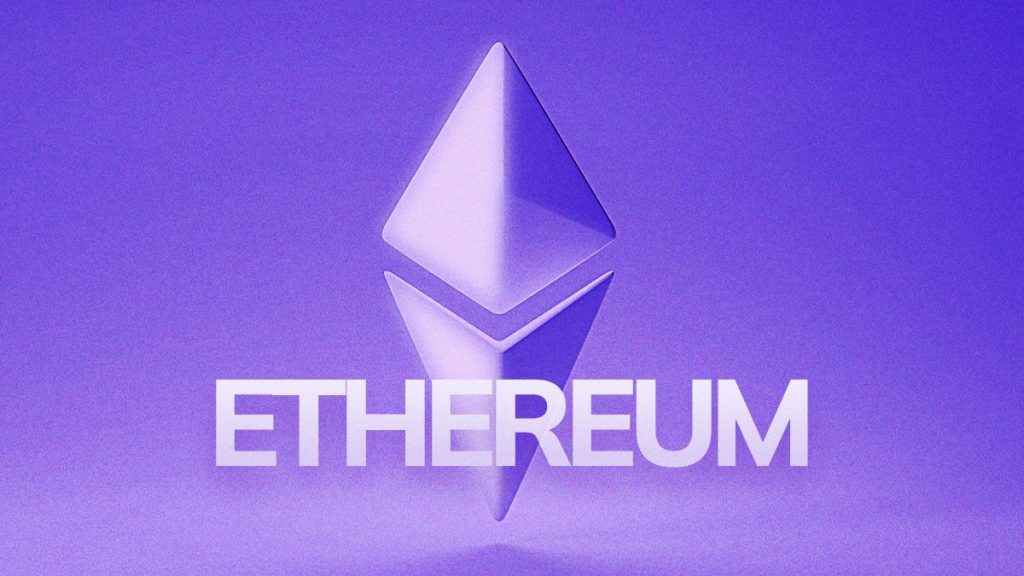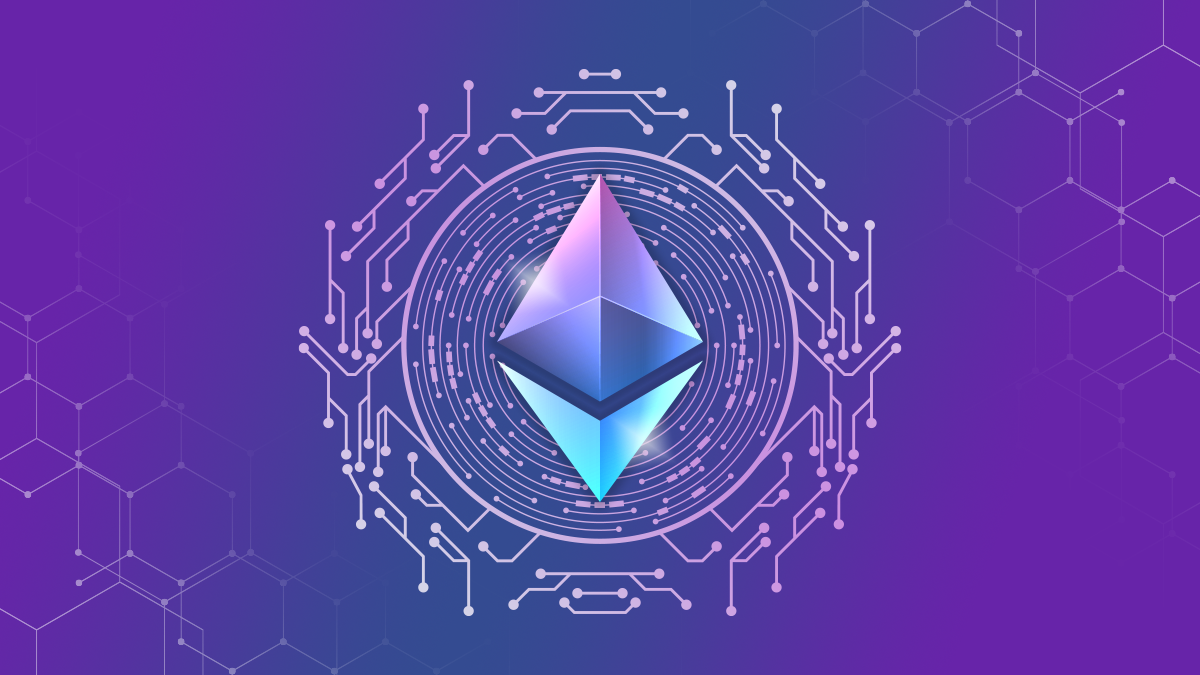Ethereum is a decentralized platform that runs smart contracts: applications that run exactly as programmed without any possibility of downtime, censorship, fraud, or third-party interference. Ethereum uses a public blockchain similar to bitcoin, but also enables advanced programmable transactions types.
Just as the internet made the transfer of information frictionless, crypto technology has the potential to revolutionize how value is sent, received, and transferred around the globe. Ethereum, and other cryptocurrencies, allow you to transfer digital assets and interact with applications created by other users. But that’s not all; because it can be used programmatically, Ethereum can also host a variety of sophisticated programs on its network including Augur, Metamask, Gnosis, and Storj to name a few.
The Ethereum network is a platform where developers can create and run software (called dapps). It uses Ether, a digital currency, as fuel. The network replaces typical servers with a network of computers called nodes. These nodes store and maintain a shared database on a blockchain. Thousands of nodes in the network support the blockchain. The more nodes there are to verify transactions, the safer the network and its data are. The data is not stored on a single computer or a central server. It is stored across the entire network of many nodes.
Smart Contracts
Smart contracts are programs that execute exactly as they are set up by their creators. That means, unlike a traditional contract, there is no need for a third party, escrow agent, or intermediary to be present in order to make sure the agreement is upheld.
dApps
Decentralized applications or ‘dApps’ are applications that do not run on a traditional central server. Instead, they run decentralized on the Ethereum blockchain – creating a network of peers that can process transactions faster and more efficiently than any cloud-based service available today.

Mining
Much like the mining of precious materials such as gold, Ether’s production is facilitated by a process called ‘mining.’ Nodes on a blockchain must verify new transactions; the nodes receive Ether as a reward. Verifying these transactions on the blockchain is a process known as ‘proof-of-work mining. This process is called PoW (Proof-of-Work) because the node must prove that it has done the ‘work’ and verified the transactions in order to receive its Ether reward.
The Future of Ethereum
As incredible as the technology behind Ethereum is, one of its biggest problems remains: scalability. Launched in 2015, Ethereum has quickly become the world’s second-largest blockchain by total value locked behind only Bitcoin. However, it is limited to around 15 transactions per second on the network, a major hurdle for any project looking to enable millions of users. ETH 2.0 is going to solve this problem and bring many more improvements.
The digital currency market is maturing. Newcomers to the space will soon discover that digital currency is more than just a hedge against economic volatility and an opportunity for speculative investing. It is poised to transform many of the world’s core aspects of society including finance, accounting, and government services through the emergence of blockchain technologies like Ethereum.
In sum, Ethereum is a platform that, while still far from perfect, is versatile and powerful. What could be built on a platform like this? A lot. But I’ll let your imagination run wild there.
Discover More
 Sorry, we can't come up with anything for your search. Please try another term.
Sorry, we can't come up with anything for your search. Please try another term.






 Back to All Posts
Back to All Posts











